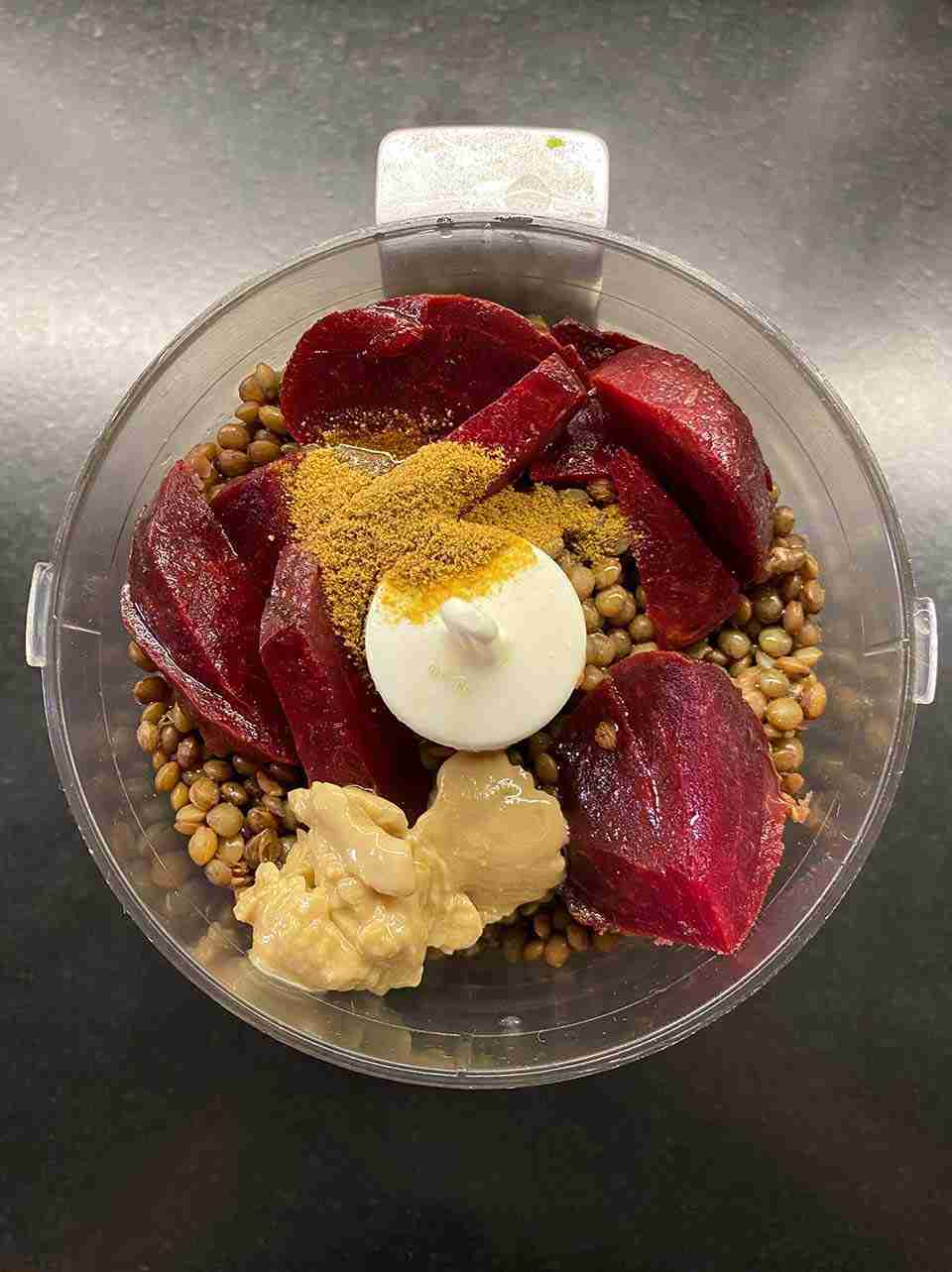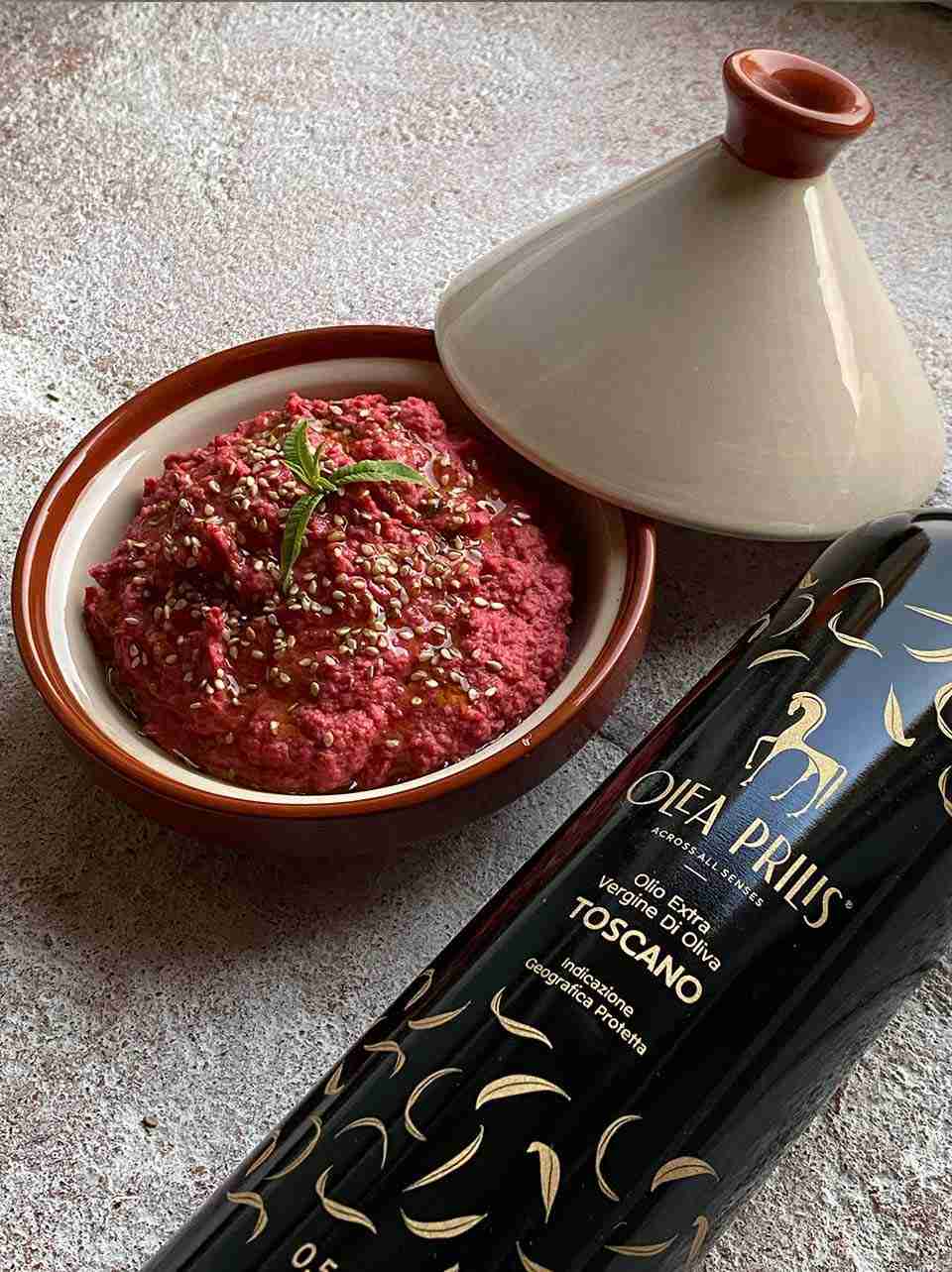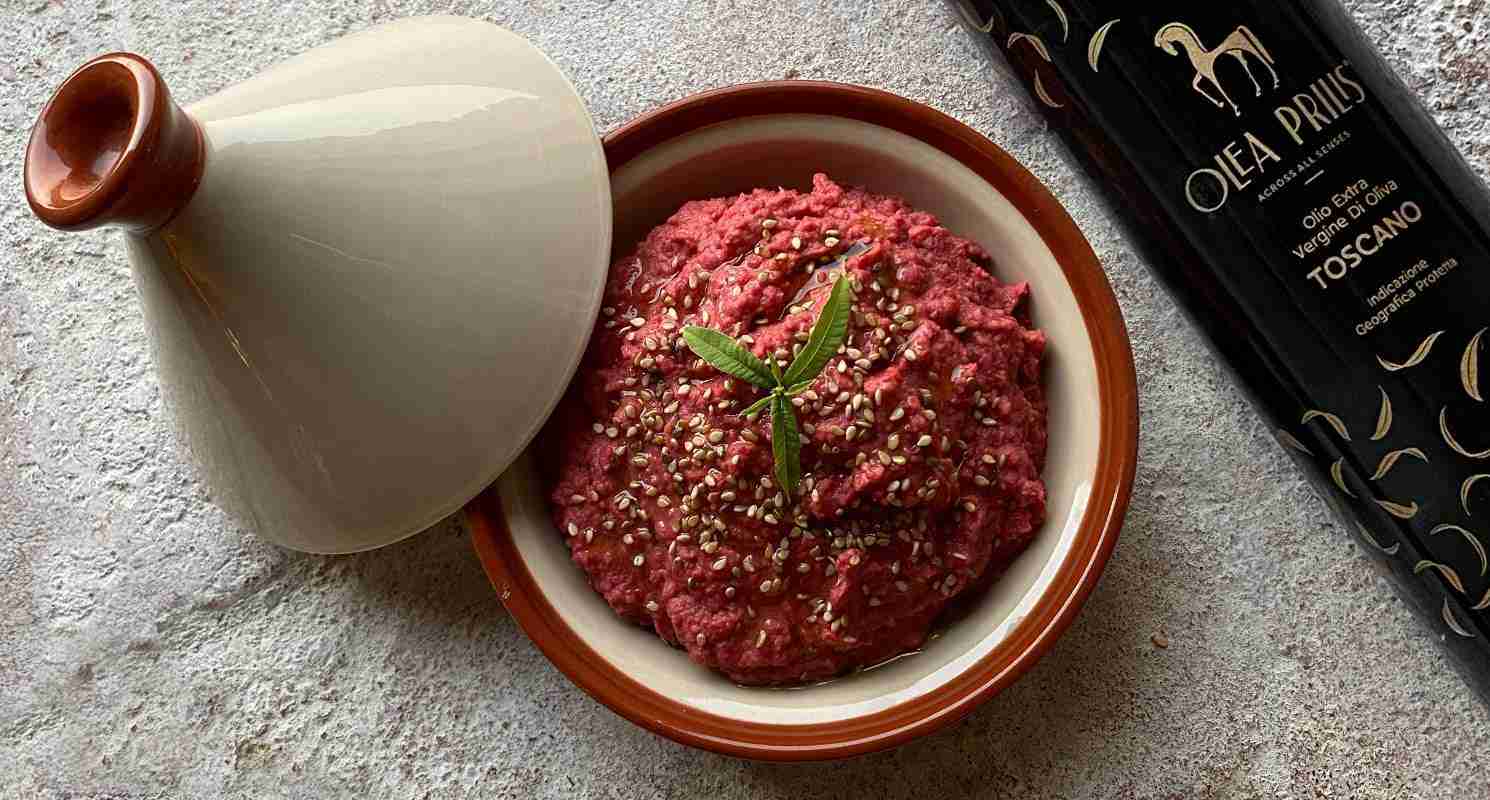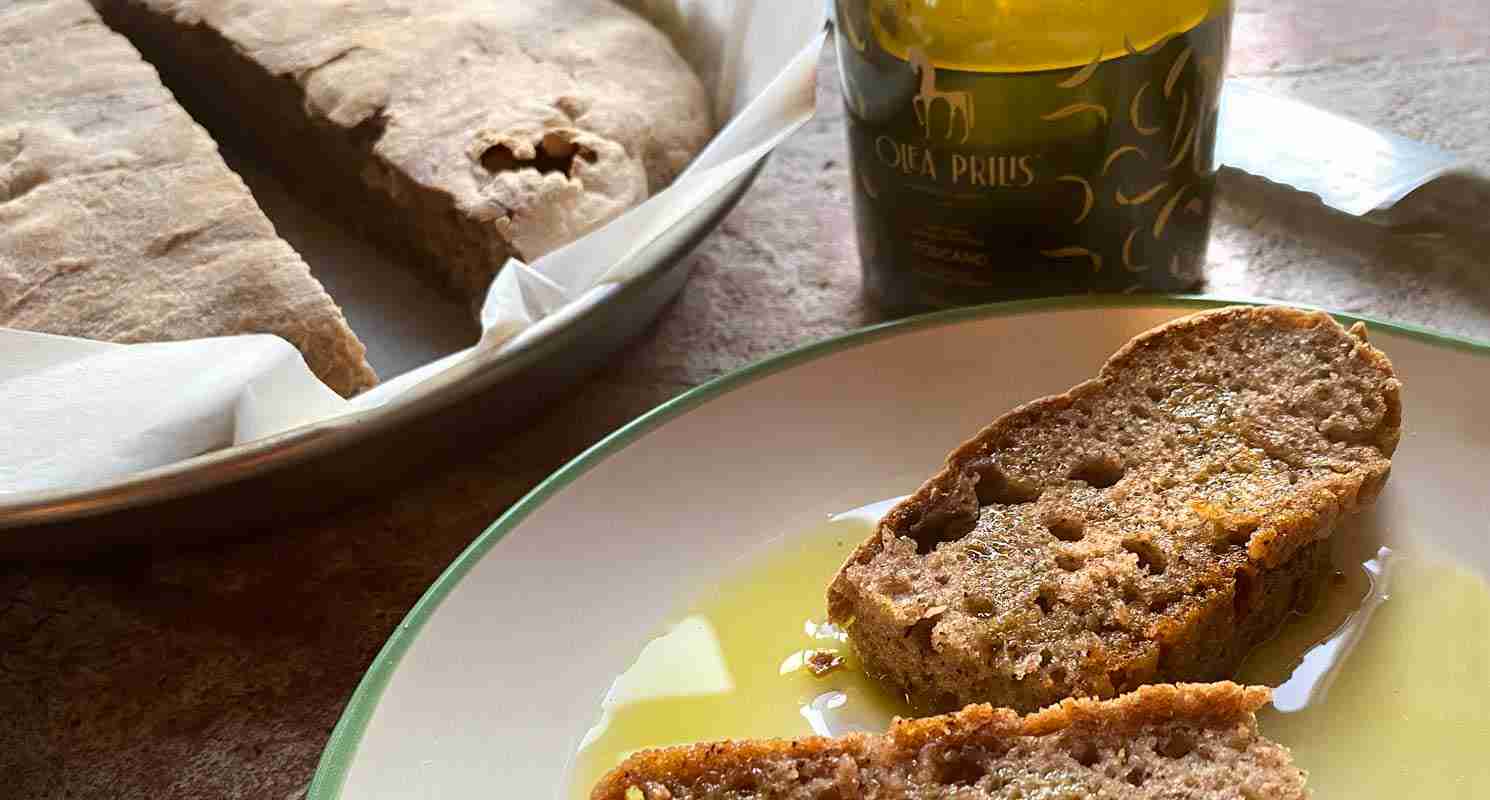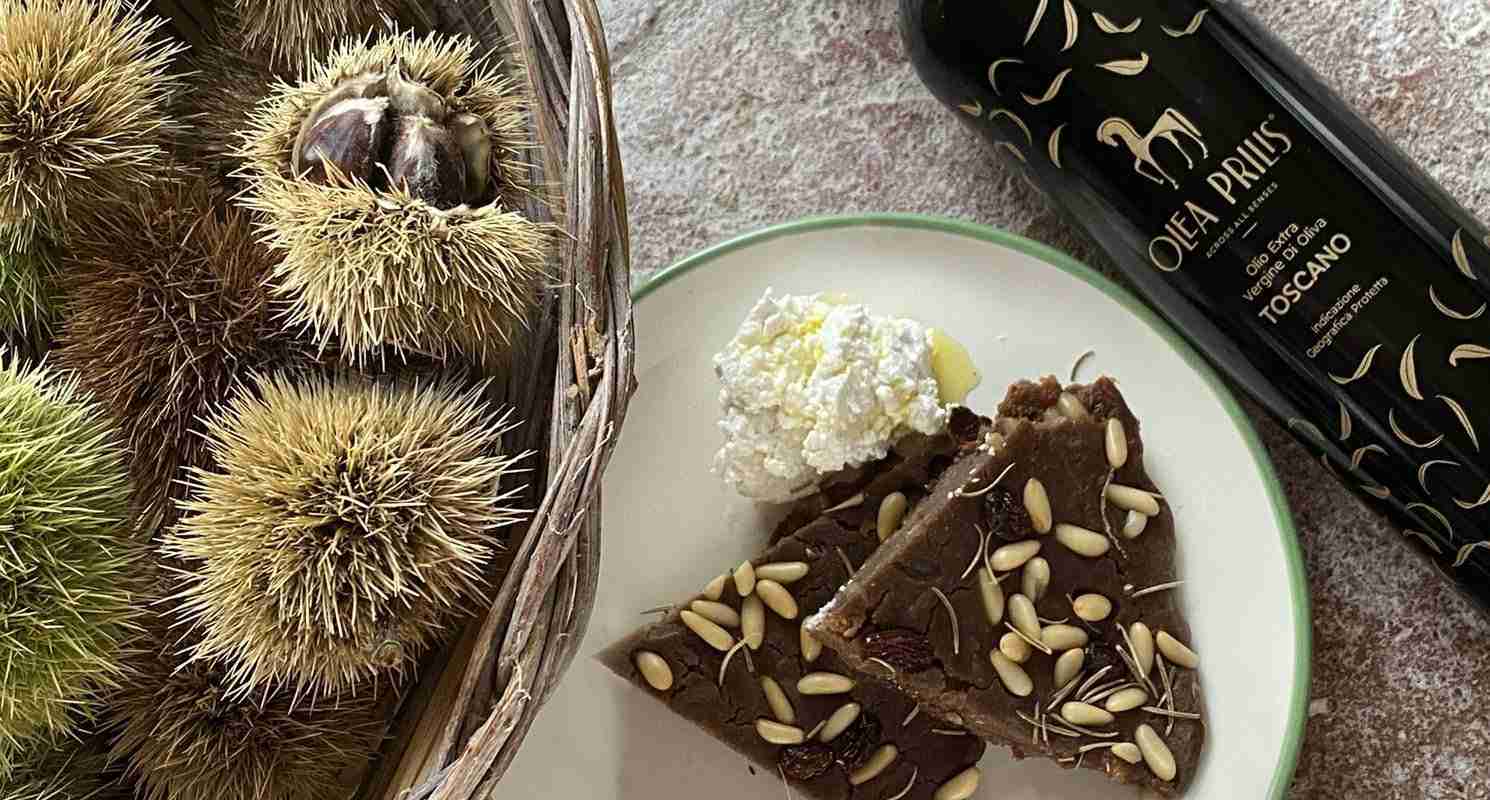– Etruscan recipes by OLEA PRILIS –
The origin of this typical Middle Eastern recipe gets lost in antiquity, some say even 10 thousand years ago, sprouting up in Lebanon and neighboring countries such as Syria and Jordan, before spreading all over the Mediterranean area. The word hummus is Arabic that defines chickpeas and, by expansion, the prepared spread made with chickpeas and sesame seeds, but for the Etruscan preparation of hummus you will need lentils and red beets instead!
It can accompany simple unleavened bread or be used as a dip for raw vegetables such as carrots, celery, fennel, zucchini and cucumber. A delicious alternative to pinzimonio.
The Etruscans, who were lovers of good food and avid experimenters, were always on the look out for new recipes that made the most of their local natural products. To enrich the range of flavors, from around the 8th century BC, they began importing from the East, spices such as pepper, coriander, cumin, cinnamon and even sesame seeds.
Etruscan Hummus
Ingredients for 4 servings:
- Green Lentils: 200 grams (preferably the ancient variety from the Sienese hills but common types are also fine).
- Red Beets (Beetroot): 200 grams fresh or pre-cooked
- Toasted Sesame Seeds: 100 grams Toasted Sesame Seeds for the Tahini, or 1 Tablespoon of ready-made Tahini
- Cumin powder: 1 Teaspoon
- Garlic clove: 1/2
- Salt: 1/2 Teaspoon
- Lemon: 1 whole Lemon juiced
-
Olea Prilis Extra Virgin Olive Oil: Prilis: 6 tablespoons for the recipe and 1 for garnishing
Olea Prilis Extra Virgin Olive Oil: Prilis: 6 tablespoons for the recipe and 1 for garnishing
The Etruscan ingredients:
Extra Virgin Olive Oil. It was one of the most important economic resources and also one of the staple foods in Etruscan cooking. The Etruscan society had a predominantly agricultural economy, relying on very fertile land. In Etruria in the 7th and 6th Centuries BC, the cultivation of olive trees spread especially in the present-day Tuscany – on the coastal plains and on the hilly interior. From the fruits of the olive tree, olive oil was obtained with which they seasoned the food, as well as using the olive oil to prepare ointments.
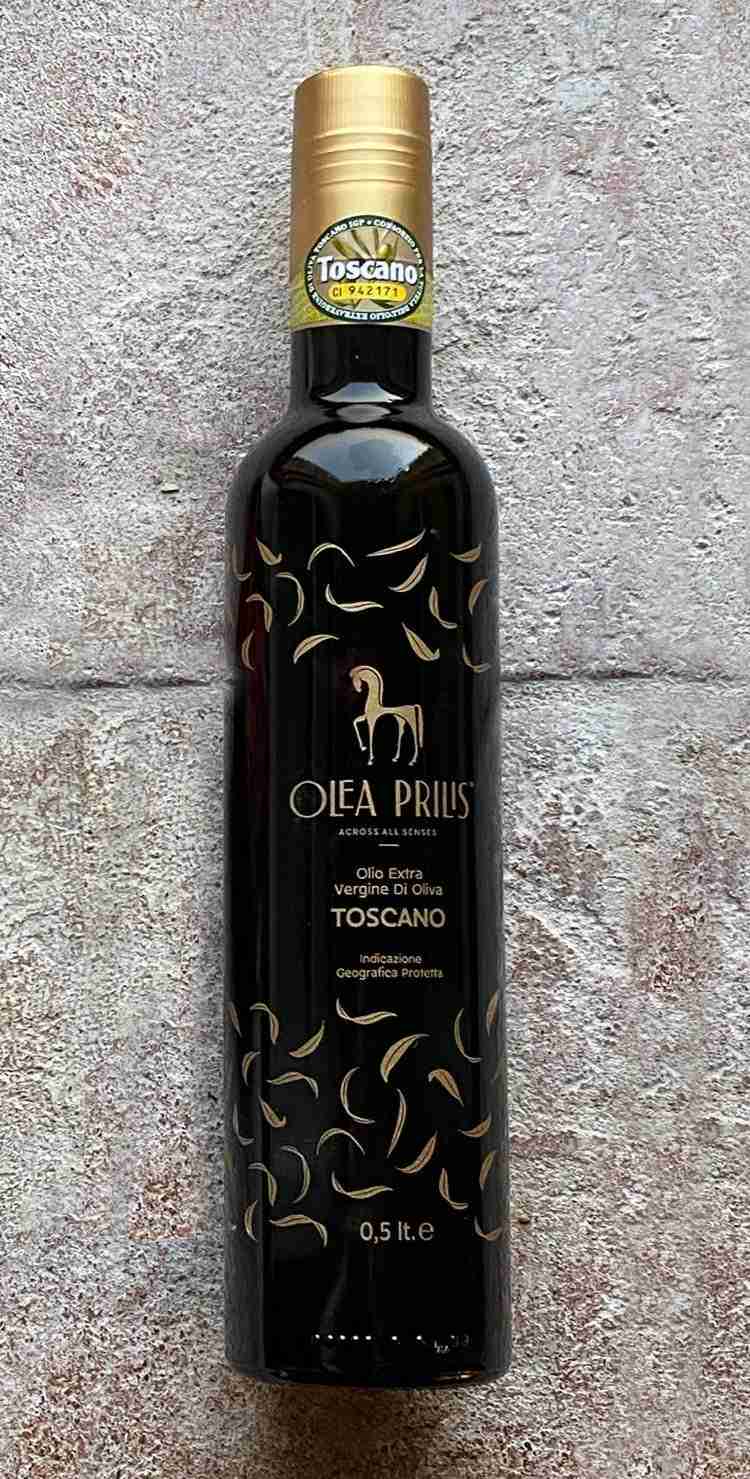
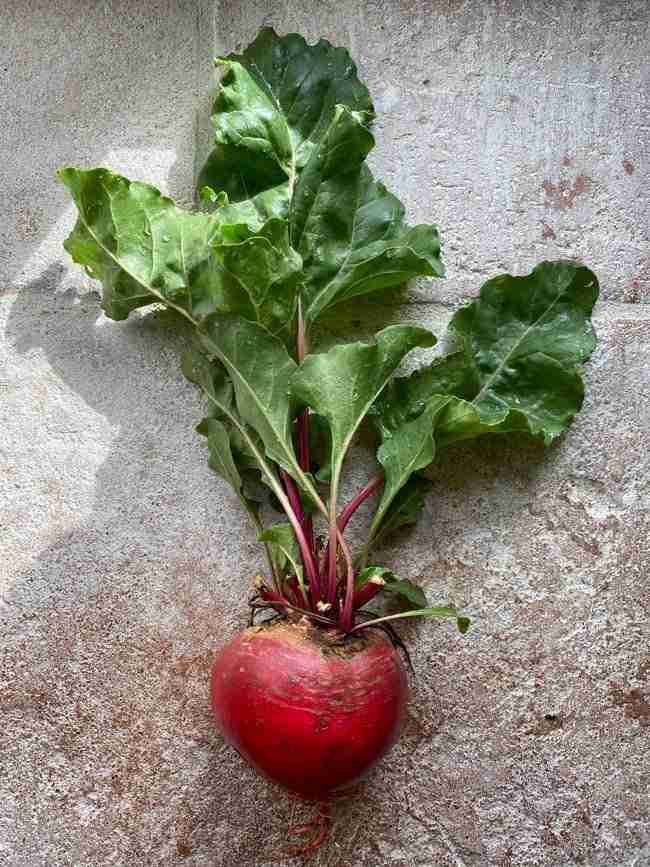
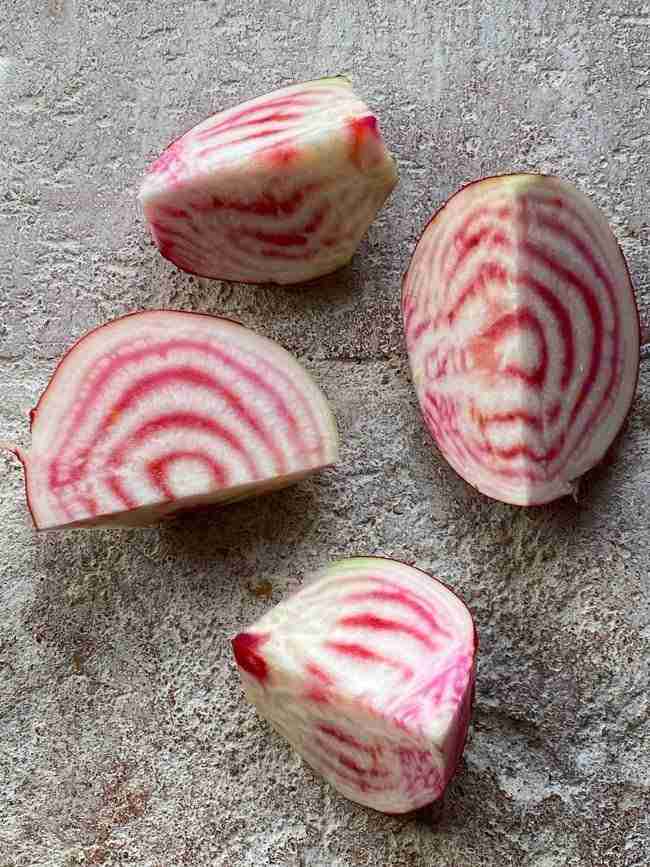
Beetroot or Red beet. An ancient plant from the beet family native to southern Europe, where it has always grown wild in the Mediterranean region. The effective selection practiced by humans has produced over time the differentiation of varieties: fodder beet, sugar beet, garden vegetable beet. At first just the leaf was used, only later did the expert Etruscan farmers select the type with a root similar to the current red beet.
Lentils. Known as the world’s oldest cultivated legume in history, it was the base of the Etruscans daily diet. They cultivated lentils for private family use more so than for selling them.

Seeds and Spices. The Etruscans were passionate about food. Pepper, coriander, cumin, cinnamon as well as sesame seeds were added to their “bag” of culinary experimentation through importation from the East.

Preparation:
Rinse the lentils, place them in a saucepan, cover with cold water and boil them for the time indicated on the package. If using fresh red beets, wash them well, peel them, cut them into cubes and boil them until they are tender, then drain.
To make the tahini sauce, toast the sesame seeds in a non-stick frypan over low heat. Put them in a food processor and blend them into a mixture with 2 tablespoons of extra virgin olive oil and a pinch of salt. If needed, add 1 or 2 tablespoons of water until a smooth cream is obtained.
Once this is done, pour the tahini sauce into a glass container (it will keep in the fridge for 3 days).
Then add to the emptied the food processor (you don’t need to wash it) the lentils and red beets, together with a generous tablespoon of tahini, the salt, garlic, the lemon juice, cumin powder and the remaining extra virgin olive oil.
Blend, intermittently so as not to heat up the hummus with the blades, until all ingredients are combined.
The hummus is now ready to serve in small plates or bowls. Garnish with extra sesame seeds, a drizzle of extra virgin olive oil and two lemon verbena leaves, alternatively you can use basil or parsley.
